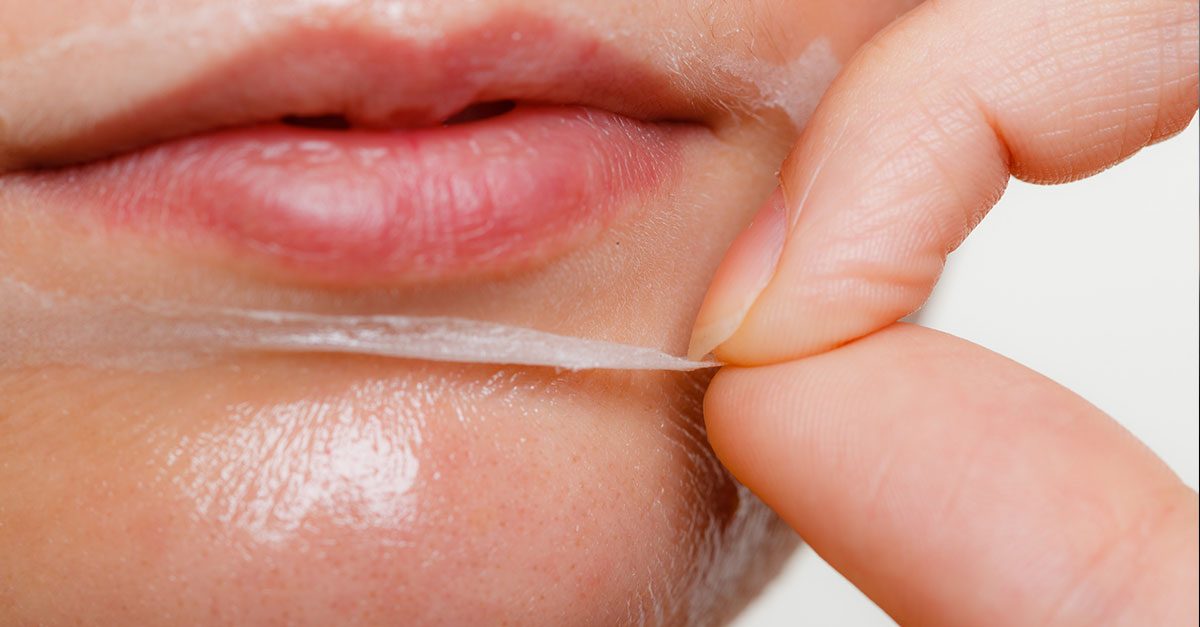Enhancing Iron Absorption: A Guide to Maximizing Nutrient Intake
Iron is a vital mineral that plays a crucial role in carrying oxygen throughout our bodies, promoting energy production, and supporting overall health. Incorporating iron-rich foods into your diet is essential, but equally important is optimizing the absorption of this valuable nutrient. In this article, we explore effective strategies to enhance iron absorption from the foods you consume, ensuring you reap the maximum benefits for your well-being.
;Resize,width=742;)
Increasing the absorption of iron from foods involves strategic dietary choices that can significantly impact your overall health. Following are important practical strategies that you can incorporate into your eating habits to optimize iron intake, ensuring that your body receives the nutrients it needs for energy, vitality, and well-being.
1.Pair Iron-Rich Foods with Vitamin C

Vitamin C is a powerful enhancer of iron absorption. Combining iron-rich plant-based foods like spinach, lentils, and beans with vitamin C-rich sources such as citrus fruits, bell peppers, and strawberries can significantly boost the absorption of non-heme iron, the type of iron found in plant foods.
2.Include Animal Protein Sources
Animal sources of iron, known as heme iron, are more readily absorbed by the body compared to non-heme iron. Incorporating lean meats, poultry, and fish into your diet can provide a substantial dose of easily absorbable iron.
3.Avoid Calcium-Rich Foods During Iron-Rich Meals

Calcium can hinder the absorption of both heme and non-heme iron. Consuming calcium-rich foods like dairy products at the same time as iron-rich meals may reduce the effectiveness of iron absorption. It's advisable to separate consumption of these nutrients by a few hours.
4.Cook in Cast Iron Cookware
Cooking acidic foods like tomato sauce or beans in cast iron cookware can naturally increase the iron content of your meals. The iron from the cookware leaches into the food during cooking, contributing to your daily intake.
5.Soak, Sprout, or Ferment Grains and Legumes

Grains and legumes contain compounds called phytates that can inhibit iron absorption. Preparing these foods by soaking, sprouting, or fermenting them can reduce phytate content and improve iron availability.
6. Limit Tea and Coffee Consumption
Polyphenols present in tea and coffee can bind to iron, reducing its absorption. If you're looking to maximize iron intake, consider enjoying these beverages between meals rather than with iron-rich foods.
7. Choose Iron-Fortified Foods
Certain foods, such as breakfast cereals and plant-based milk alternatives, are fortified with iron. Opt for these fortified options to increase your iron intake, especially if you have specific dietary restrictions.

8.Balance Fiber Intake
Fiber is a crucial component of a healthy diet, but excessive fiber intake during meals may inhibit iron absorption. Ensuring a balance between fiber-rich foods and iron-rich foods can help you obtain the nutrients you need without compromising absorption.
On a final note, it is important to emphasize that a well-rounded diet that combines iron-rich foods with enhancers like vitamin C and heme iron sources will help you make the most of this essential mineral.
;Resize,width=767;)

;Resize,width=712;)
;Resize,width=712;)
